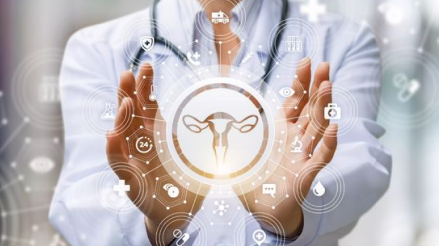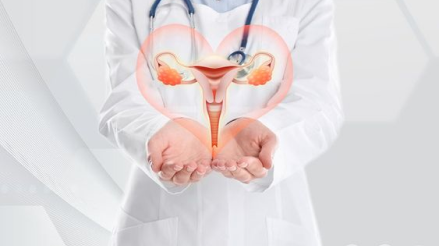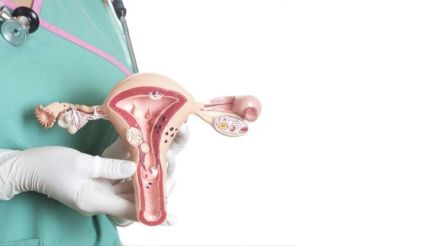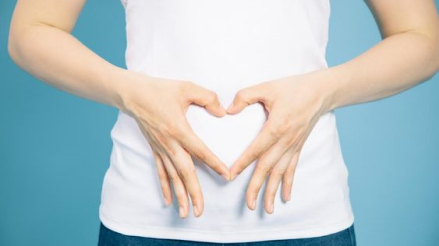You may also like…
Getting Pregnant : My Ovulation Cycle
Understanding My Ovulation Cycle
Let's start at the very beginning, with the wonderful process of ovulation. Picture your ovaries as treasure chests, filled with precious eggs. In the middle of your monthly cycle, one of these eggs is released into your abdominal cavity, near the frilly, finger-like ends of your fallopian tubes. It's like a grand ovum expedition, with the goal of reaching the cozy womb where it can transform into a beautiful baby. How marvelous!
How and when are eggs made?
Now, let's dive into the female reproductive life cycle, which spans from around 13 to 46 years of age. During this time, your ovaries go through quite the egg extravaganza, with approximately 400 to 500 primordial follicles developing to potentially release their eggs. But only one lucky egg gets the chance to shine each month, while the rest gracefully bid farewell.
But why do we need this menstrual cycle, you ask?
Well, it ensures that only one egg is released each month, paving the way for a single baby to grow and thrive. It's like a clever scheduling system that ensures the womb's inner lining, known as the endometrium, is perfectly prepared to welcome a potential baby at the right time.
A closer look into the cycle...
We begin with the Bleeding Phase, also known as your period. This is when your uterus sheds the previous cycle's wall, which leads to that familiar bleeding. It usually lasts around 3 to 8 days, but the accepted average is 5 days.
Next up is the Follicular Phase, where your ovaries start developing around 6 to 12 potential eggs. However, only one lucky follicle gets the chance to fully mature and be released during ovulation. It's like a competition among the eggs, with only the best contender taking the stage. This process ensures that only one baby develops at a time.
Ah, the Fertile Window! This is the magical time between days 11 and 17 of your cycle when your body prepares for potential baby-making. Around day 13 or 14, ovulation occurs, and the chosen egg embarks on its journey through the fallopian tubes, heading towards the prepared womb. It's like a thrilling race where the egg awaits the arrival of sperm, hoping for a delightful meet-up. Timing is everything during this enchanting period!
After the Fertile Window, we enter the Luteal Phase, where your body patiently waits for a potential fertilization and implantation. If the egg remains unfertilized, your uterus receives the signal to shed its lining and prepare for the next cycle's adventure. The Corpus Luteum, a temporary endocrine structure, plays a crucial role during this phase, producing hormones that prepare the uterus for implantation. But if fertilization doesn't occur, it starts to fade away, leading to menstruation and the beginning of a new cycle.
Ending note...
So, dear woman, understanding your ovulation cycle is like unlocking the secrets of your body's magical dance of fertility. Timing sexual intercourse within the fertile window becomes crucial when you're trying to conceive. It's all about aligning the stars and embracing the wonders of your body's rhythm.
Powered by Froala Editor







